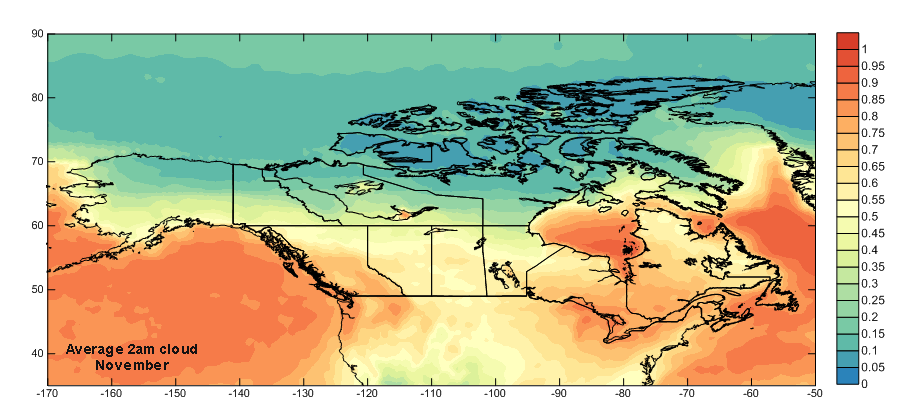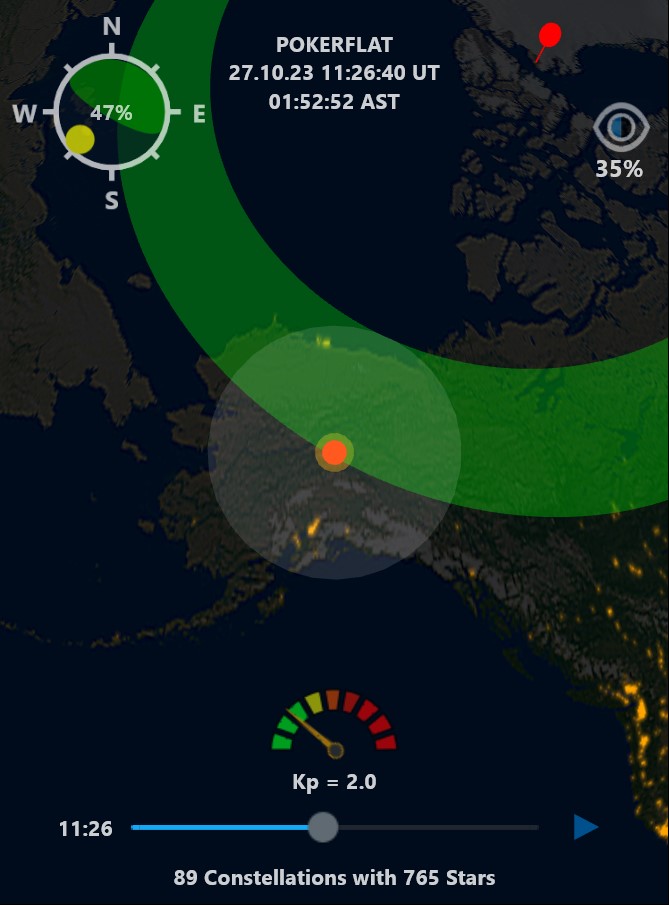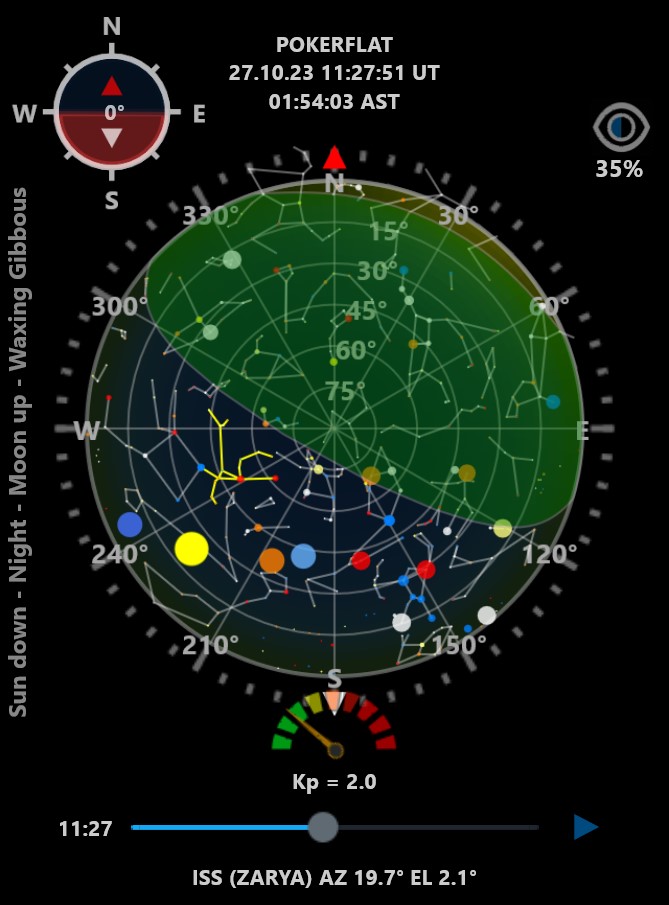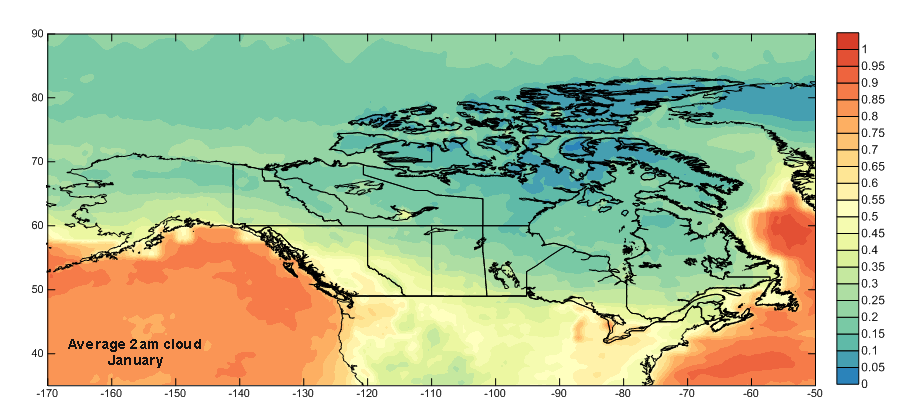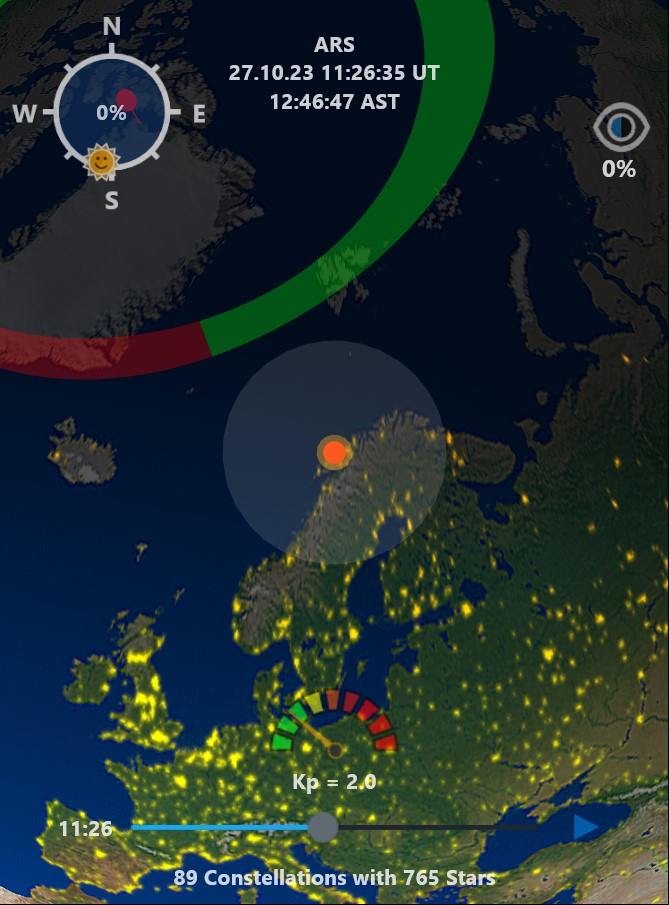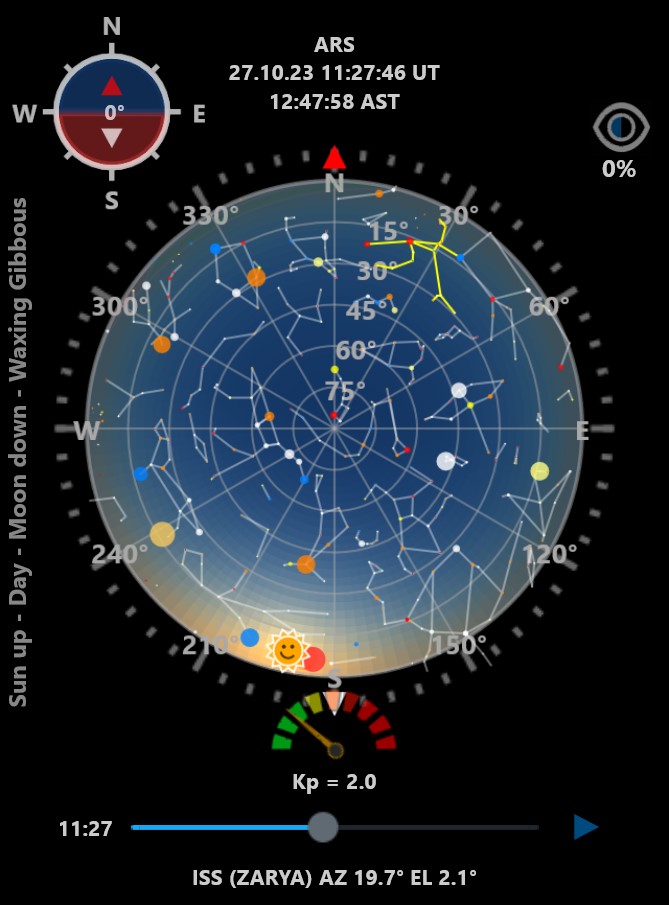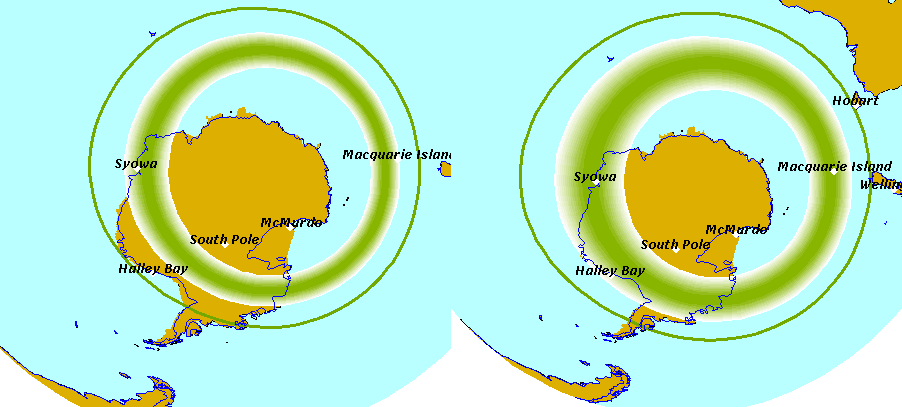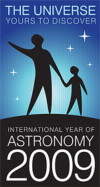| Home > Borealis & Australis Aurorae |
|
|
||||
|
When the solar activity cycle reaches a maximum every eleven years, you can count on having a nice aurorae, also known as northern and southern lights, display. Aurorae borealis and australis, also called northern lights in the northern hemisphere and southern lights in the southern hemisphere, are natural luminous phenomena characterized by large colored veils in the nocturnal sky. Dark winter nights of 2012 and 2013 represent the best current opportunity for aurorae hunters. When you travel you’re looking for the best chance for clear skies and little or no moonlight. For most destinations, that means December through April, for two weeks around the New Moon. The best for weather, darkness, and daytime activities is February/March/April. |
||||
|
||||
|
||||
|
||||
Xavier M. Jubier
1999 August 11
2001 June 21
2001 December 14
2002 December 4
2003 November 23
2005 April 8
2005 October 3
2006 March 29
2006 September 22
2008 February 7
2008 August 1st
2009 January 26
2009 July 22
2010 January 15
2010 July 11
2012 May 20
2012 November 14
2013 November 3












